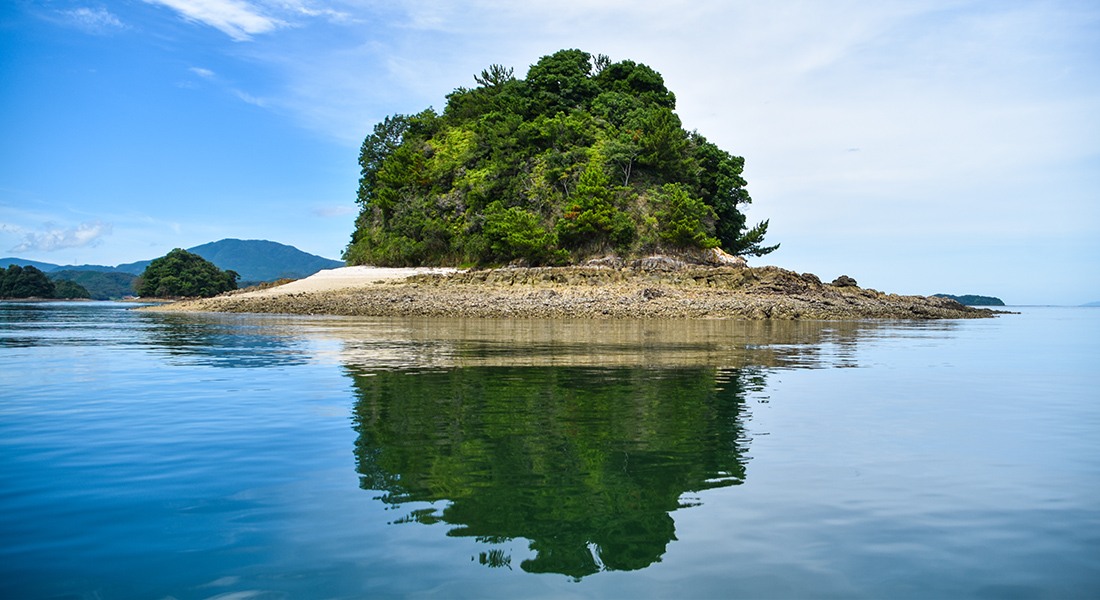
SPONSORED CONTENT
unzen-amakusa national park: a RUGGED TREASURE OF JAPAN
Words and photography: Lucy Dayman
Although it’s near cliche to mention now, it’s fair to say that many who visit Japan are drawn in by the promise of neon-drenched city streets, tech novelties, and centuries old traditions. Recently, however, the country’s incredible outdoors – pristine and full of the promise of adventure – has been capturing some more global attention. The ski fields of Hakuba and Niseko garnering international recognition, alongside the pilgrimage trails of the Kumano Kodo and cycling routes like the Shimanami Kaido. The next frontier in Japan Adventure Travel? It has to be a deep dive into the country’s national parks.
Today, Japan boasts 34 national parks, spanning from the snow-dusted northern corners of Hokkaido to Okinawa’s bright tropical southern islands. Thanks to the nation’s incredible geographical diversity, each of Japan’s national parks is entirely different, with landscapes, wildlife, history and people that come together to create a unique local and culture that evolves like an extension of the park itself.
As one of the country’s first national parks, Unzen-Amakusa, is an ideal poster-child for promoting the country’s park prestige. Unzen-Amakusa National Park is situated on the west side of Kyushu, occupying land on Nagasaki, Kumamoto and Kagoshima prefectures. Initially, it was designated as a national park in 1934, as Unzen National Park, predominantly covering the Unzen Onsen area in Nagasaki. In 1956 it was expanded to include the Amakusa region, an archipelago of 120 islands, some inhabited, some not.
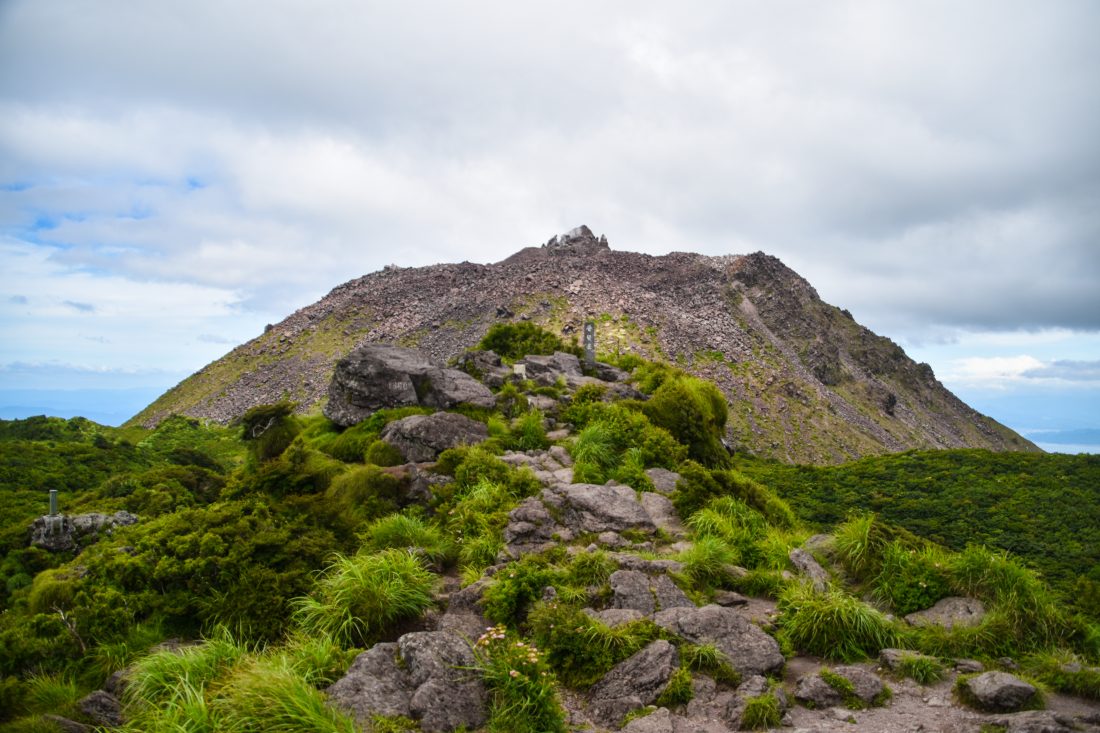
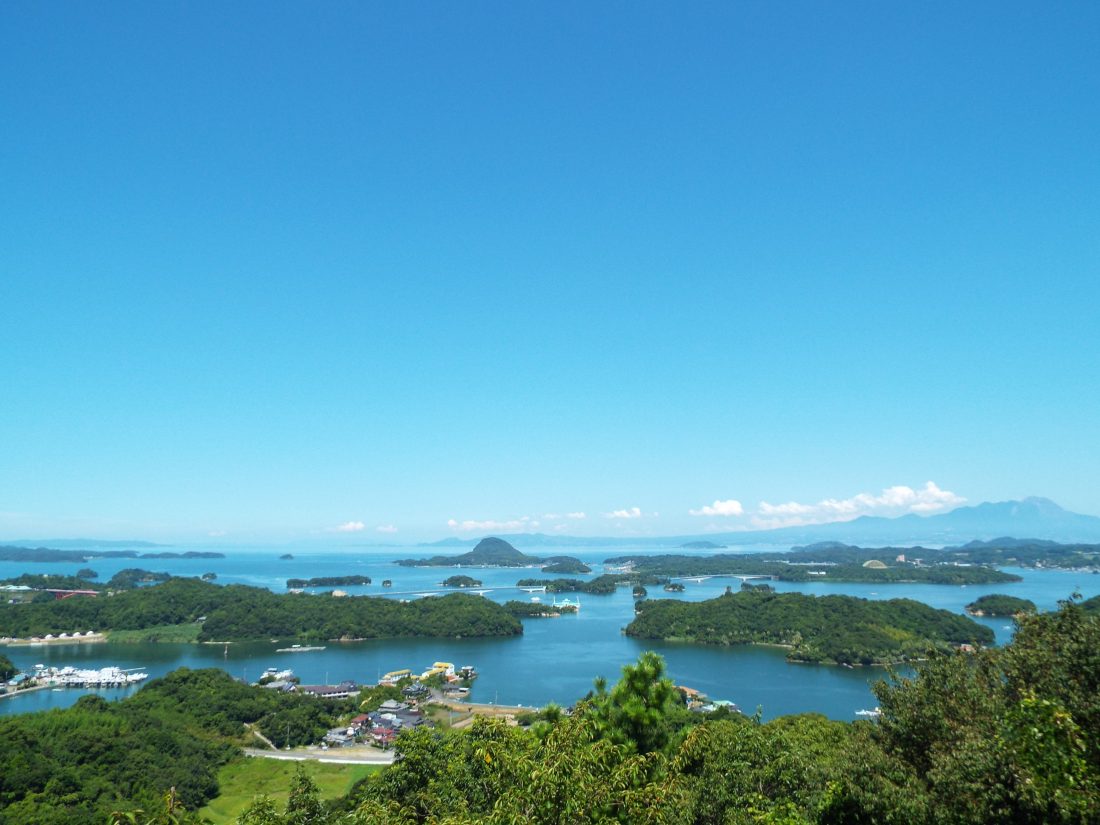
You may not have heard of the Unzen-Amakusa National Park before, but once you visit, you’ll want to simultaneously share it with the world and keep it as your own special little secret.
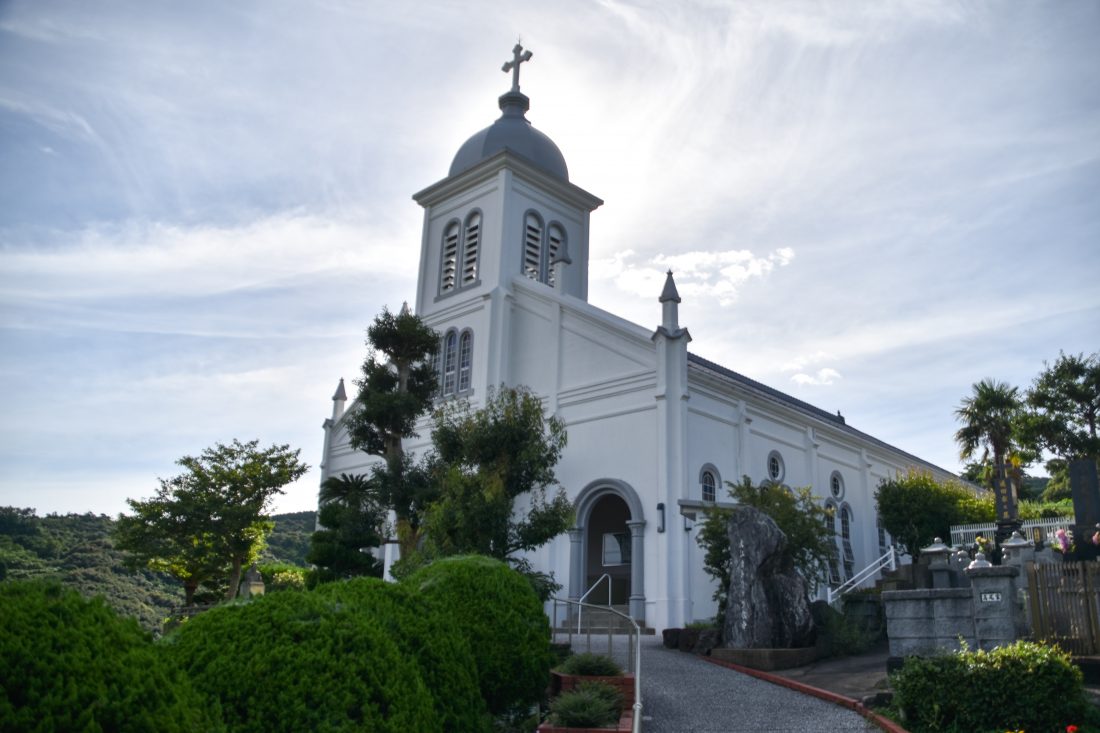
Kayaking along the coast and exploring the hidden Christian history
One of the best ways to reach this slightly remote region of Japan is to fly into Fukuoka, a modern city and the biggest in Kyushu. Thanks to its proximity to Korea and China, Fukuoka is often referred to as the ‘gateway to Asia’ and boasts a healthy number of visitors from the neighbouring countries who often come by aeroplane and boat. From Fukuoka Airport, you can catch a flight via Amakusa Airlines, which runs a handful of flights between both locations daily.
While the remoteness of Amakusa does make it more of a challenge to visit – but worthwhile – it also helped shape an incredibly fascinating part of the area’s history, the development, and later persecution of Japan’s ‘hidden Christian’ (Senpuku Kirishitan in Japanese) community.
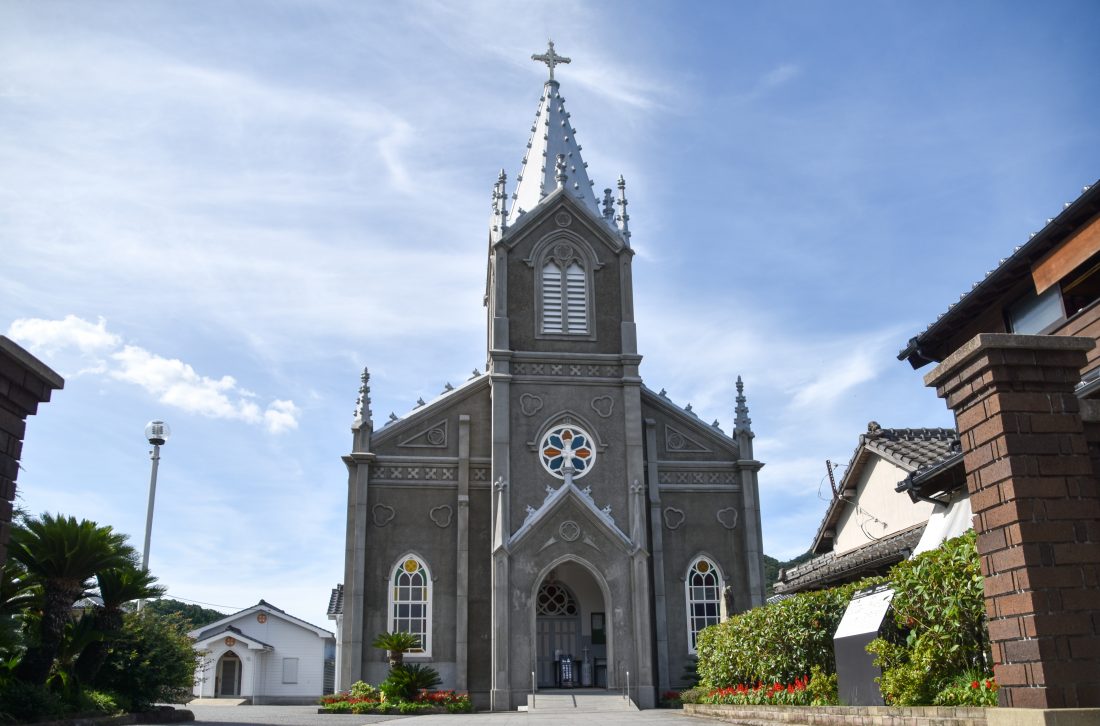
Missionaries, led by Francisco Xavier (1506-1552) – one of the most prolific and the first to venture to Japan – took advantage of Amakusa’s coastal remoteness as a way to convert a large portion of the area’s population into Christianity. However, the arrival of Christianity in Japan was the beginning of a pivotal period for the history and people of Amakusa. Sakitsu Village, a small fishing village, which sits on the south of Shimoshima Island, is one of the best places to learn about this history.
The town, which is home to the iconic Sakitsu Church, embodies the religion’s influence and evolution in Japan over the past 500+ years. During the Edo Period, the government banned Christianity, deeming it a threat to the wellbeing of Japan, socially, politically and spiritually. In 1612, Ieyasu Tokugawa, a leading ruler at the time, banned Christianity outright. Worshippers were forced to practice in secret, while missionaries were expelled from Japan. Japanese Christians faced persecution and countless tests of their faith tests that if they ‘failed’ would see forced conversion or even execution.
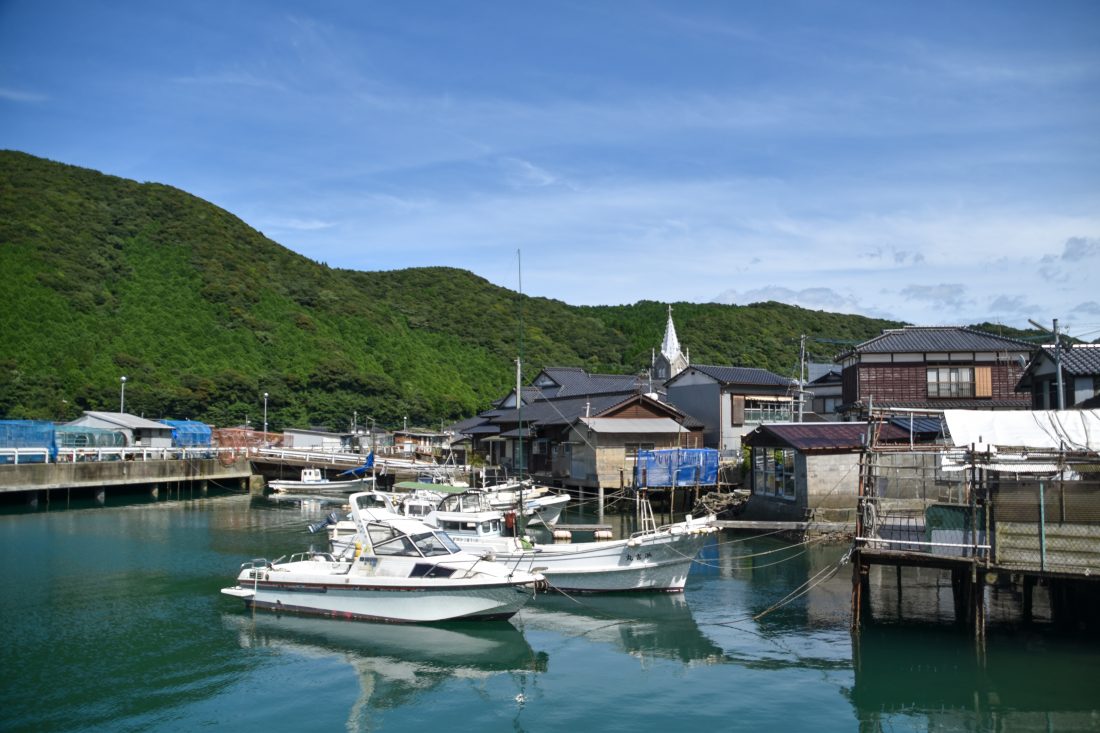
Residents of Sakitsu Village and other villages around the area once occupied by Christian missionaries were made to stand upon an image of Christian iconography ‘fumi’ in a practice known as ‘efumi.’ If the residents were secretly Christian and unable to stand on the image (for fear of religious persecution), they were forced to convert to Buddhism. Today, the town’s Sakitsu Church stands where this practice took place.
Unlike some other, more bloody regions of Nagasaki, Sakitsu’s history was a little kinder to its Christian residents. Buddhist locals would at times turn a blind eye to their knowledge of secret Christians. Some local historians believe it’s thanks to the necessary social cohesion needed to run a fishing village.
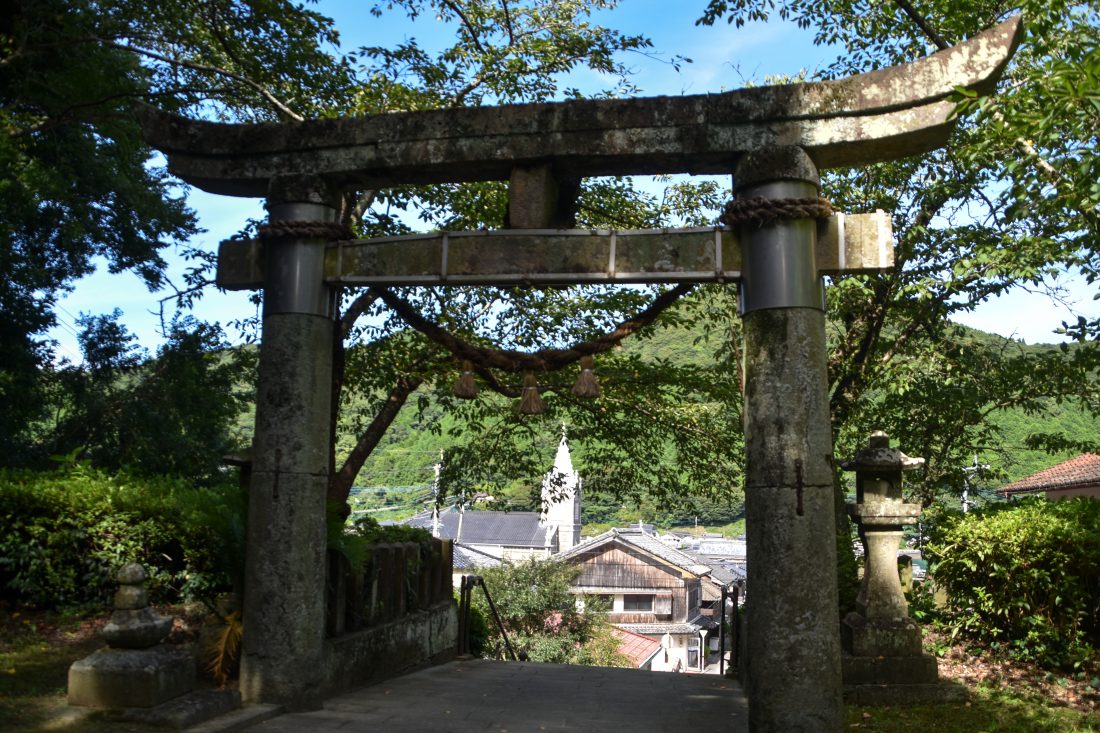
The Meiji-Era (1868 – 1912) arrival saw a more open and culturally inclusive Japan, which included the loosening of laws against religious practices. Freed from oppression, many of the area’s secret Christians were allowed to be more open about their beliefs, and in 1934, the town erected the Sakitsu Church right in the centre of Sakitsu as an important symbol of the region’s history.
With a landscape so defining of the area’s culture, it’s a good idea to try and explore it from a whole new angle, and the best way is by sea kayak. Head to Kamiamakusa City’s Mio Camino AMAKUSA, a tourist information and adventure centre located on the northeast of Kamishima. Here, kayak tour company, unplugged, runs twice daily tours exploring the picturesque islands that dot this coast.
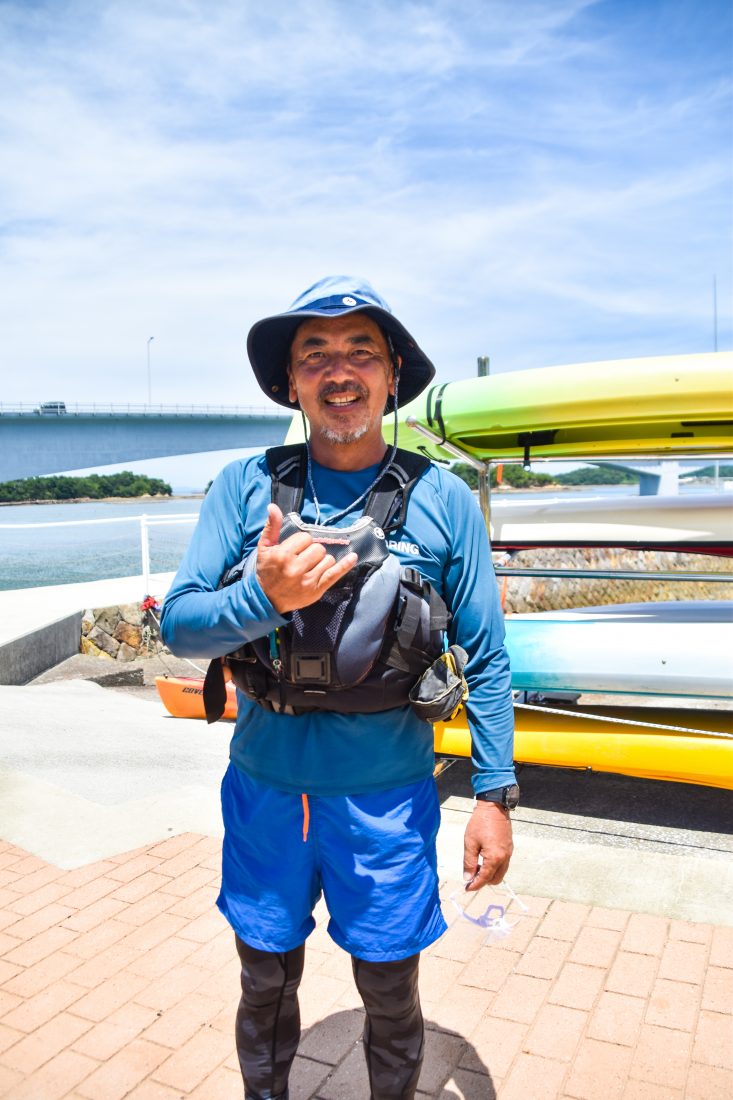
The landscape here was crafted around 30 million years ago, and many of the islands you see here are made of sand that’s been compressed over the past 20 million years.
The guides are as knowledgeable as they are charismatic. Under the guidance of the friendly unplugged team, you’re guaranteed to not only learn a lot about the area and take in some incredible views but also have a good laugh while you’re at it.
Pack your swimming clothes because during the six-kilometre, three or so hour tour, guests are encouraged to get out, explore the many small islands and enjoy the crystal clear water with a refreshing dip. If you can book the morning tour, then by the time you’re done, you’ll be ready for lunch with a view at the Terrace next door.
Booking details: Website: http://e-unplugged.jp/home/, email: funa@e-unplugged.jp
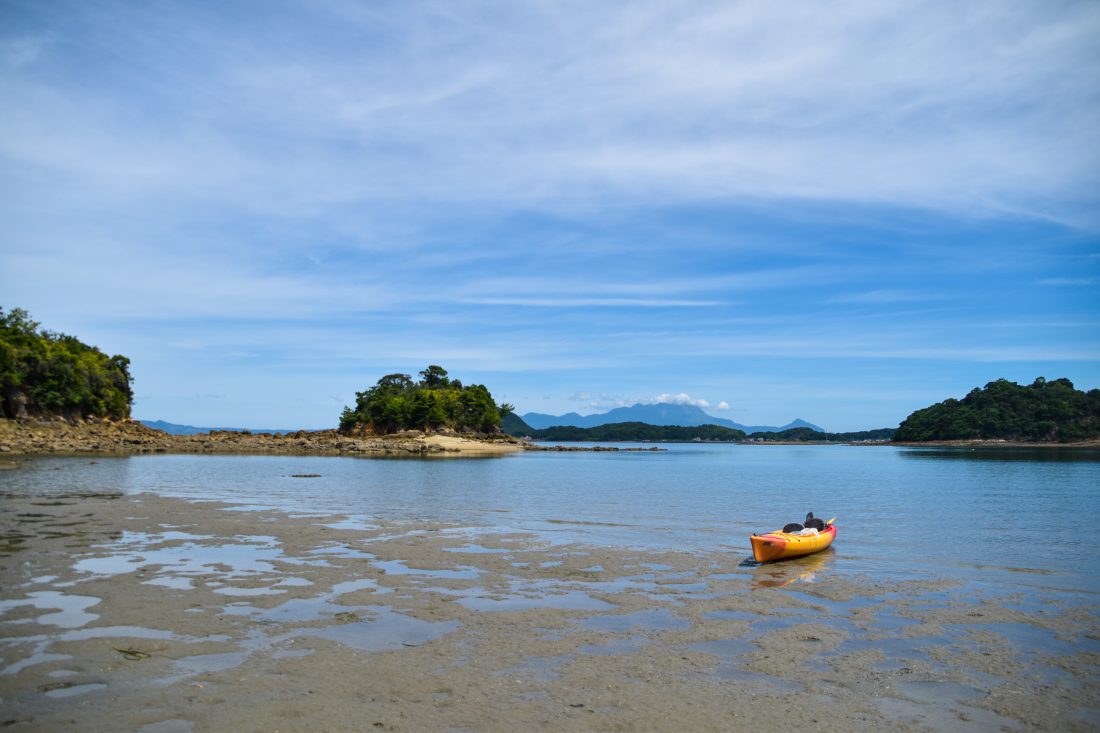
The Unzen Hells
It’s somehow poetic that the first national park in Japan, Unzen, also looks like the world’s end. The Shimabara Peninsula, of which Unzen occupies a majority of its centre, was a volcanic island 400,000 years ago, a fact that won’t surprise you once you get here. A landscape dotted with open pools of boiling water (as hot as 98+ degrees), smoke and steam billowing from the hillsides, and two-faced mountains, where lush greenery and bare, jagged rocky terrain meet, Unzen is both lush and rugged, depending on which angle you look.
In Unzen Onsen, the centrepiece of the town is the Unzen Jigoku. The resort is surrounded by these milky, acidic and sulphurous open pits of water, with new ones breaking through the earth’s surface, even today. A new hell ‘opening’ took over a car park right by the main hot spring field. This is also the source of onsen water and hot water for many of the area’s public baths, ryokan and hotels.
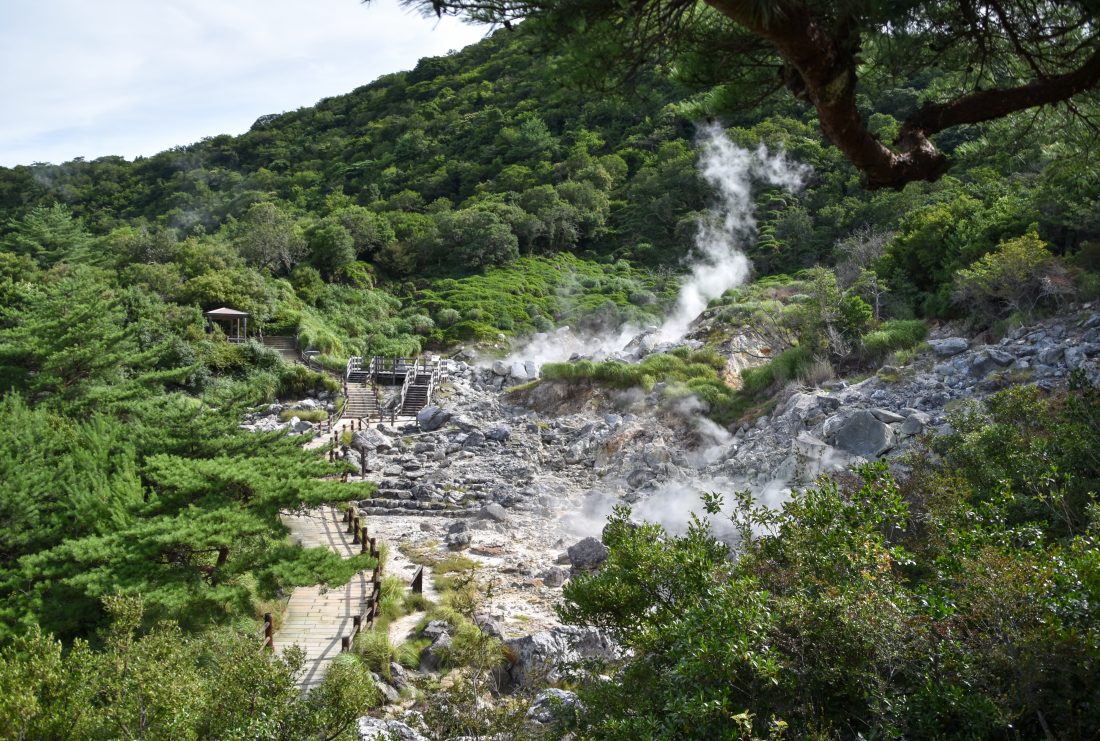
Weaving through the fields are carefully cautioned off and paved walkways, where you can inspect the volcanic waters from a safe but still very steamy distance. According to local guides, the people of Unzen once believed this area to be the entrance of hell, not only for its physical characteristics but at night, the springs sound like screams from souls trapped in the underworld. For the whole hell experience, join the ‘Night Tour of Unzen Jigoku’ through the fields to experience the ambience of this powerful place at its fullest.
Booking details: Email: guide.u.u@live.com, phone: 0011-81-90-4489-4487.
To understand the magnitude and modern activeness of Unzen’s landscape, plan a hike and bike to the top of Mt. Fugen (locally known as Fugen Dake), one of the tallest peaks on Mt. Unzen’s mountain range. This volcanic mountain erupted as recently as 1990, with devastating impacts on the area. Pyroclastic flows and mudslides poured down the mountain towards Shimabara City, claiming lives and destroying property in its wake. It also formed a new mountain, Mt. Heisei Shinzan, which when you visit is easy to spot, with the mountain now featuring a reddish rocky tip.
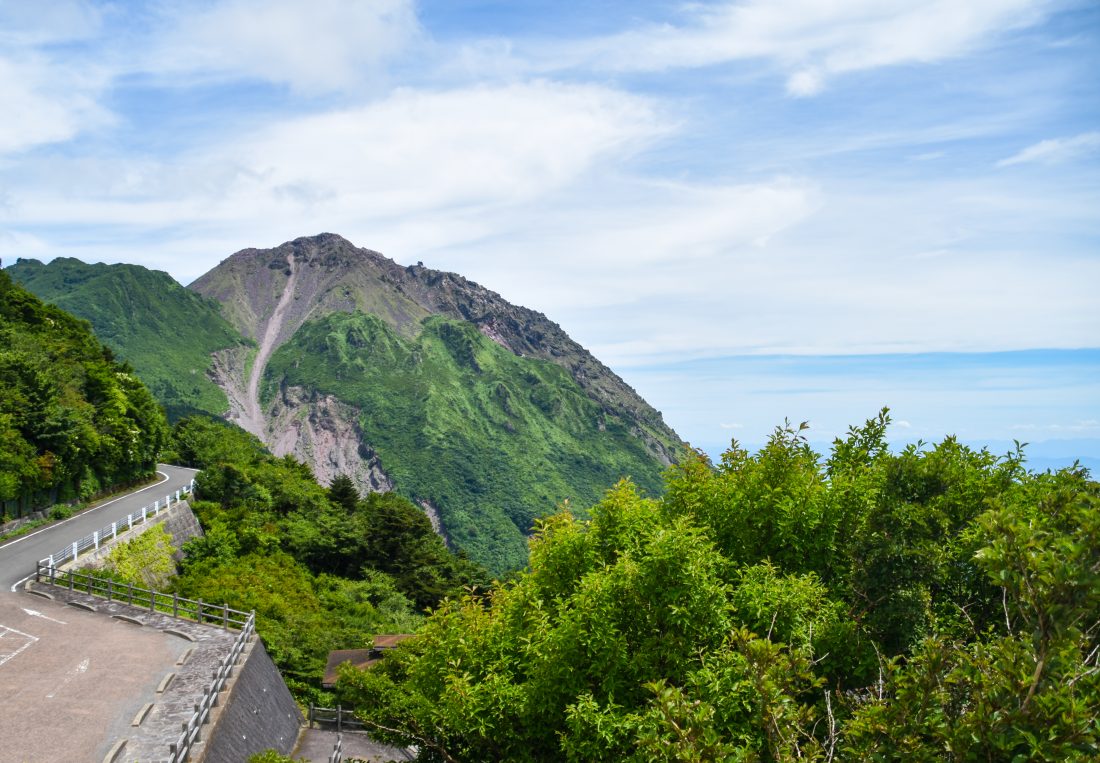
After the eruption, the mountain trail was shut down as many of the trails were buried under lava, but now a new trail has been opened, dubbed the ‘New’ Unzen-Fugendake mountain trail. It’s one of the highest and most popular and scenically unique trails in the area. To properly take in the sights of the Mt. Unzen region, grab a rental e-bike, and cycle to Nita Pass. Head to the Unzen Tourist Office for updated information on rental bikes in the area. From Nita Pass you’ll find the entrance to Mt. Fugen trail.
Booking details: Email: info@unzen.org, phone: 0011-81-957-73-3434.
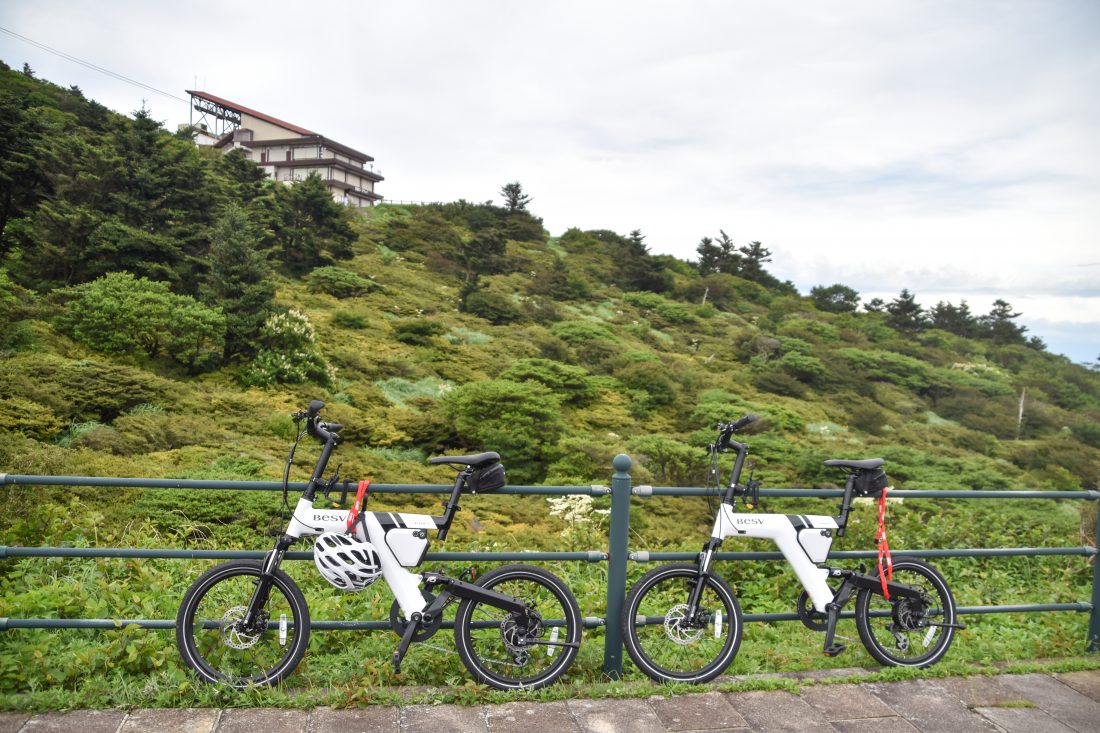
The hike is at times steep, and a little rugged but doable for most relatively fit hikers. It’s best to put aside about four-six hours to climb the mountain, allowing time to explore the landscape as well as the hiking trails and be sure to pack a lunch and plenty of water. Along the way, you’ll witness an incredibly diverse landscape, including some old mountainside silkworm farm remains, which were built here to take advantage of the mountain’s cool climate.
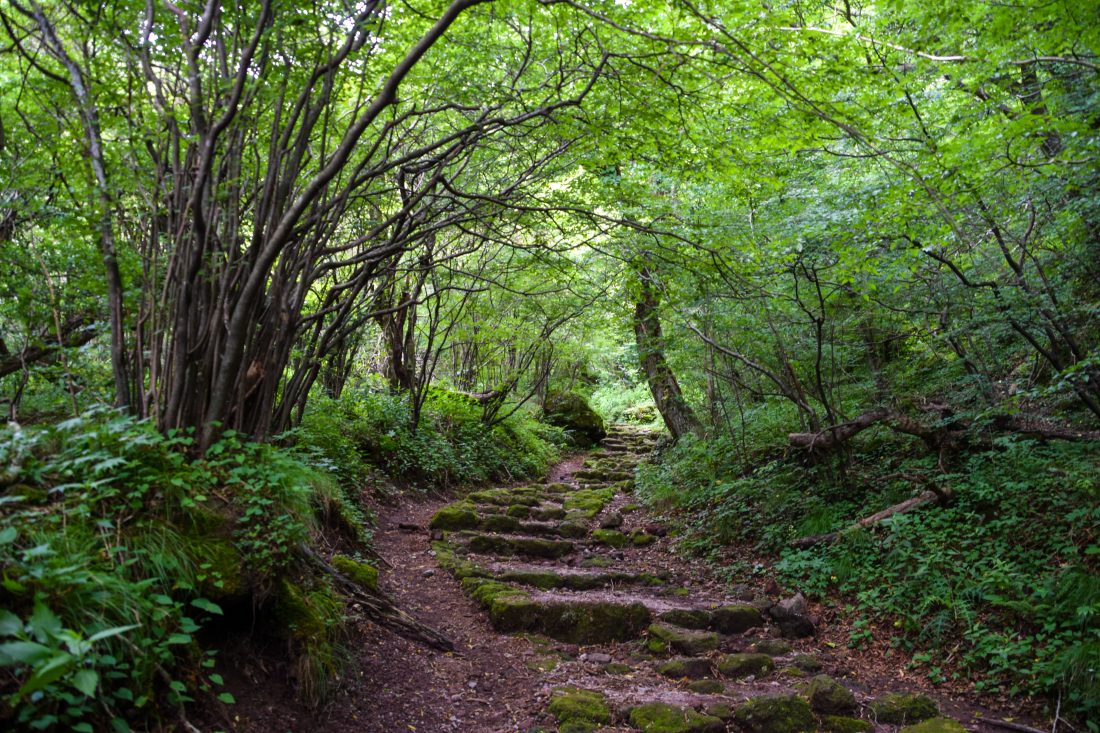
Alternatively, if you’d like to take it easy, from Nita Pass, you can also take a ropeway to the nearby Mt. Myoken, which looks most beautiful in autumn and winter. The Mt. Fugen trail is open year-round, and from the top, the views are nothing short of spectacular.
The Unzen area has quite a few hiking trails, but for those on the hunt for something casual, perhaps a recovery adventure after scaling Mt. Fugen, then the trail to Mt. Kinukasa right by the centre of the city is an idyllic way to see the sights and stretch your legs. Some of the town’s locals, like guide Matsuo-san have been reinventing what hiking can be. Matsuo-san co-runs a small, personal ‘tea salon’ in the local Matsuo Camera Clock Shop and guiding business located in Unzen town and is a passionate hiker. She combines her loves and knowledge with a tour which she guides to the top of Mt. Kinukasa (about 40 minutes). Once at the top, she serves guests a range of delicious teas and blends from across Japan. It’s a combination of activity and tradition that you may not have considered but works incredibly well.
Booking details: Email: habita21.akiki513@icloud.com, phone: 0011-81-90-9599-9890
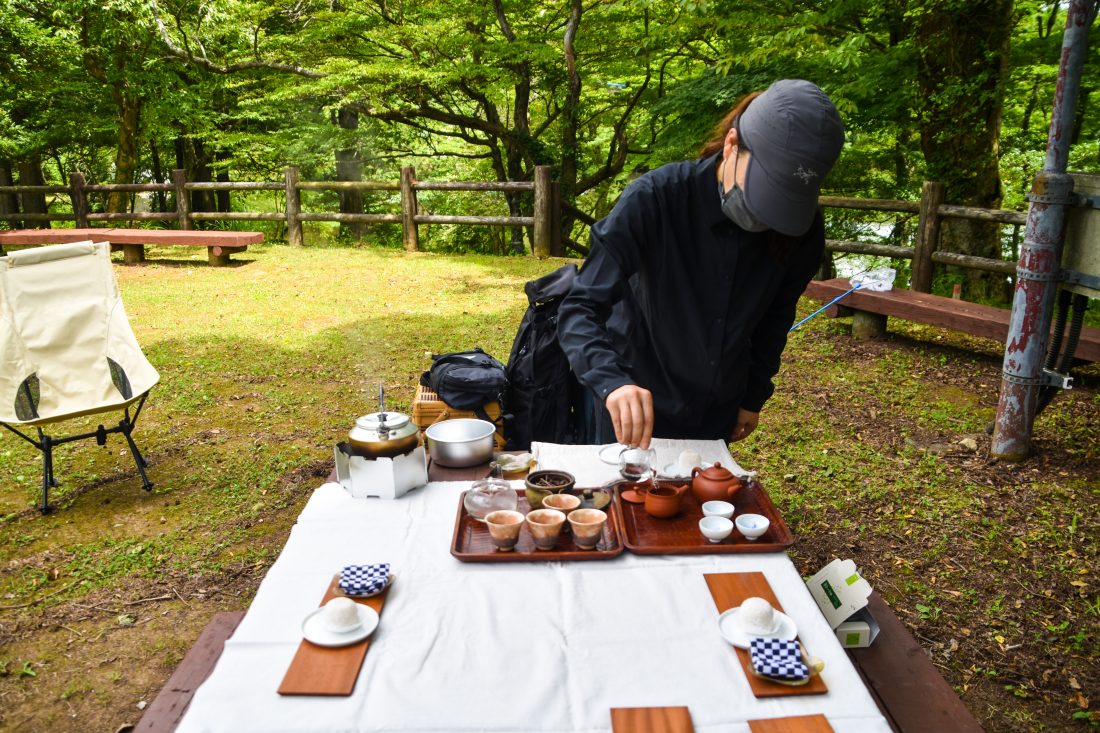
There are two ways to scale back down Mt. Kinukasa, the first being back the way you came, or alternatively, you could take the route to Shirakumonoike (Lake Shirakumo) Camping Ground. The camping ground is open for overnight and day guests and is a perfect place for an afternoon BBQ. Thanks to its rich and diverse landscape, the Unzen area is home to incredible local vegetables, so be sure to swing by Taneto vegetable store to grab some supplies. Camping and BBQ gear is available to rent from Daily Shop Mori. Setting up camp and soak in the scenic beauty of Unzen is one of the best ways to while away the day. However, if you’d rather relax in a more luxurious style, the town has some highlights of places to eat and stay.
The Taneto vegetable store contact details:
Website: https://www.organic-base.com/info/taneto_start/ phone: 0011-81-957-37-2238
Daily Shop Mori contact details: Email:uzn.mori.no.ie@gmail.com, phone: 0011-81-957-73-3541
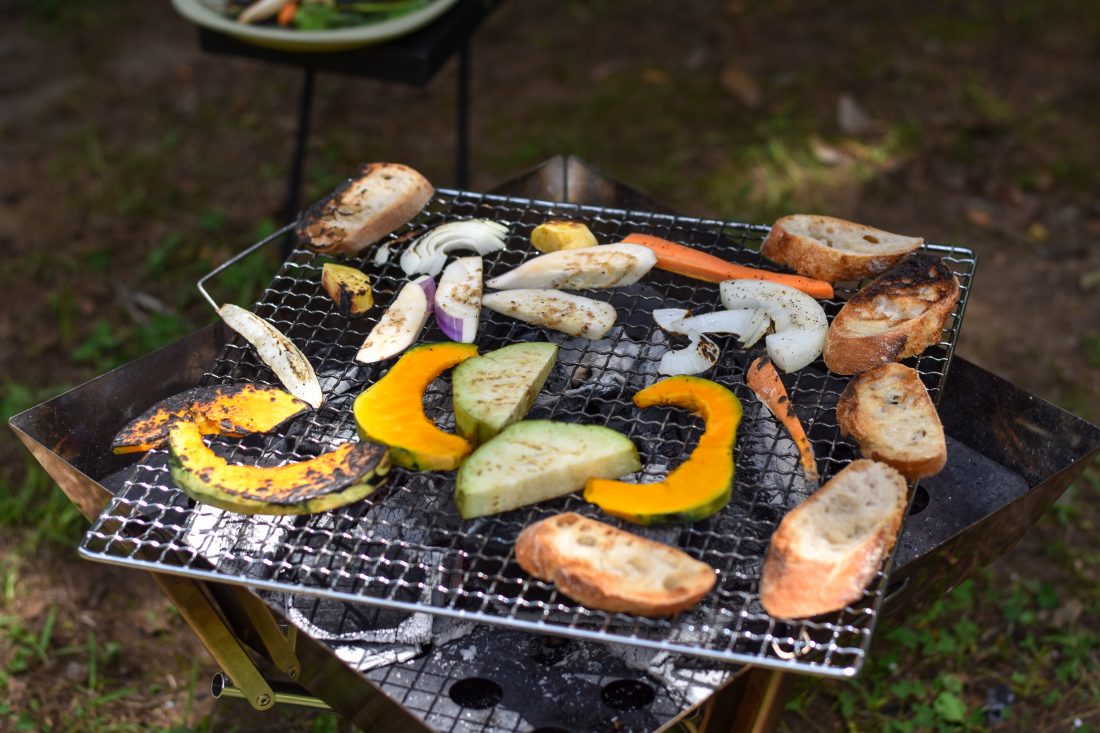
Where to eat and stay
Kumo no Naka Cafe (雲のなか Café) is a cozy cafe and restaurant located right in the centre of town. It feels almost more like a family home or little community gathering spot than a place of business. With bar counters right by the hot plate and a larger tatami room where guests can spread out and stretch their legs, it’s a great spot to unwind with a drink or two, some excellent okonomiyaki and a serving of the locally famous soft-cream (soft serve).
Booking details: Phone: 0011-81-90-7280-7258
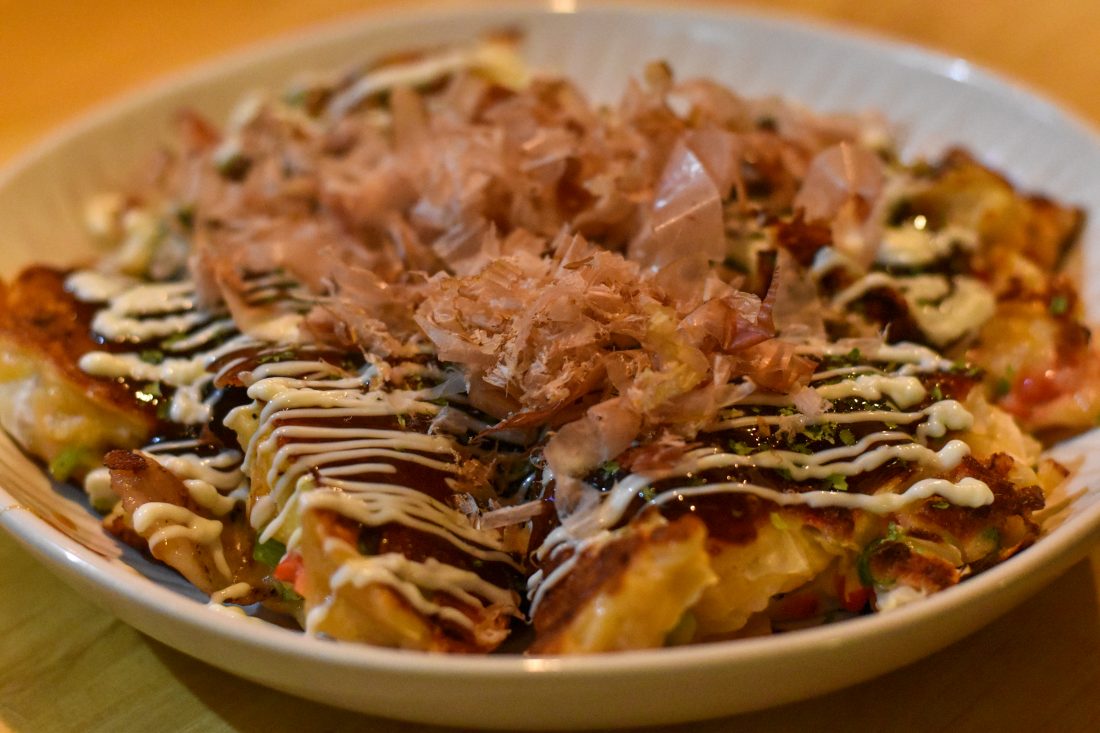
If there’s one thing you have to do when you visit Unzen, it’s stay at least one night at Yuyado Unzen Sinyu. It’s a sprawling ryokan facility where modern ideologies, design elements and consideration with traditional Japanese ‘omotenashi’ hospitality meet. The fourth generation of ryokan proprietors currently runs the ryokan. One of the facility’s key focusses is implementing Sustainable Development Goals (SDGs) into the development and management of Yuyado Unzen Sinyu, through waste minimization, local community initiatives with a global perspective. With such a keen eye for detail, the ryokan blends contemporary considerations, like the eco-friendly toothbrush in the bathroom, western-style beds, and mid-century modern furniture, which fills out the classic Japanese-style rooms.
Booking Details: Website: https://www.sinyuhotel.co.jp/lg_en/, phone: 0011-81- 957-73-3301
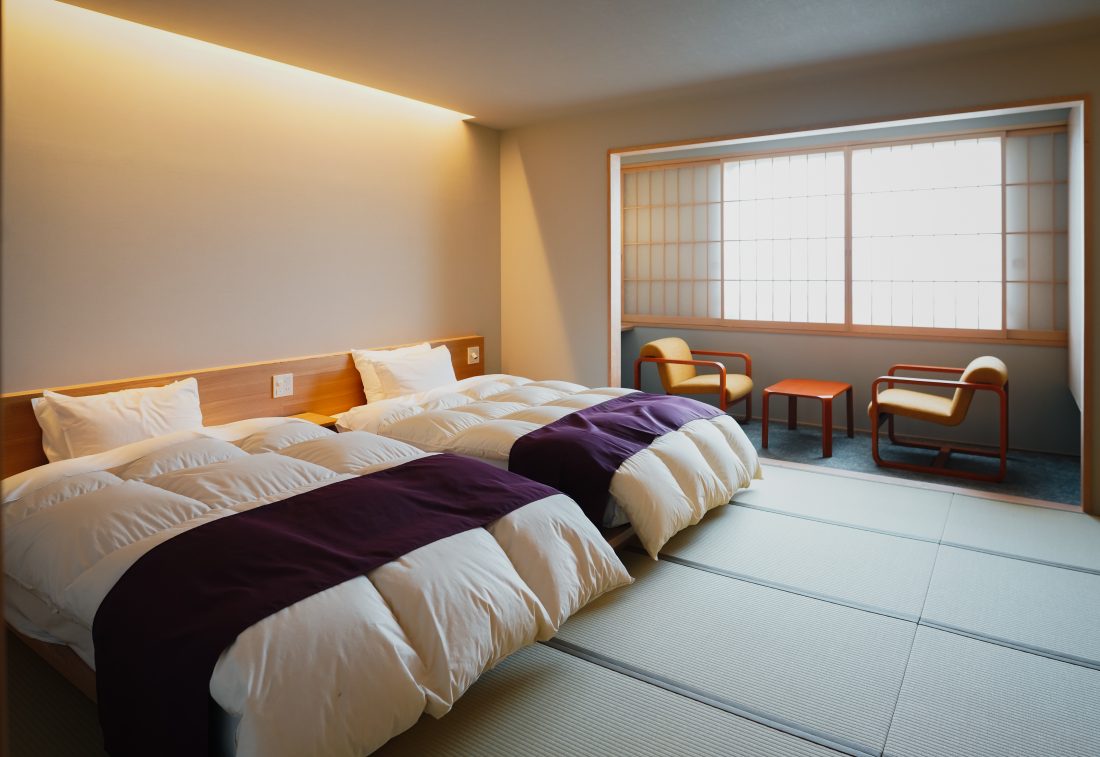
Breakfast and dinner are taken as an opportunity for Yuyado Unzen Sinyu to really showcase the abundant and incredibly delicious produce available from the Unzen area, with both meals (dinner being kaiseki style) offering an incredible culinary spread. The dinner menu also changes monthly to match and take advantage of the area’s seasonal produce.
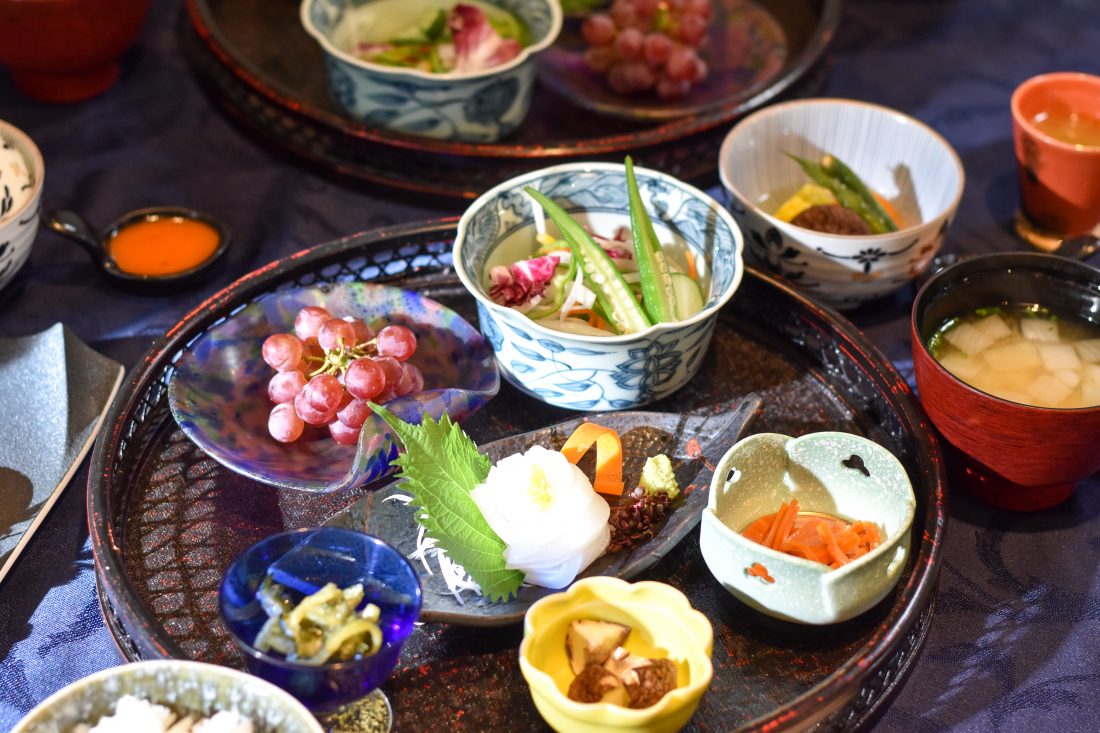
In the lobby is a sleek co-working space near the bar/ cafe area, perfect for those looking for a workation retreat. One of the other highlights of the hotel is the ‘make your own guidebook- 15 MILE GUIDE BOOK’ display located in the lobby. Created by the hotel, the display features leaflet pages showcasing some of their hand-picked ‘top 30’ locations in the Unzen area. Guests are invited to make a guidebook (in Japanese and English) by mixing and matching the locations they’re most interested in to create their unique guide to Unzen, an area which you’ll quickly learn has so much more to offer.
Learn more about the Unzen-Amakusa National Park HERE

